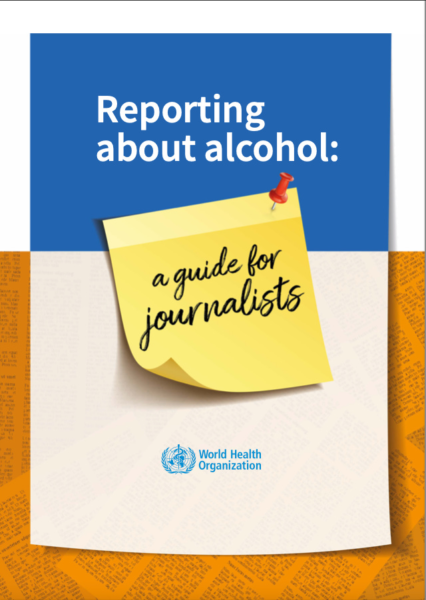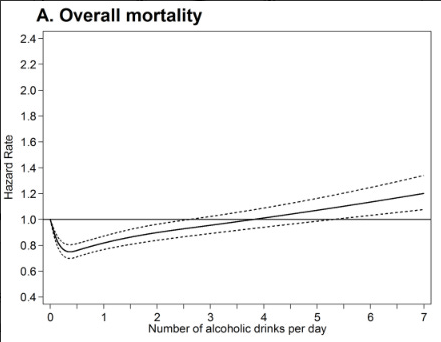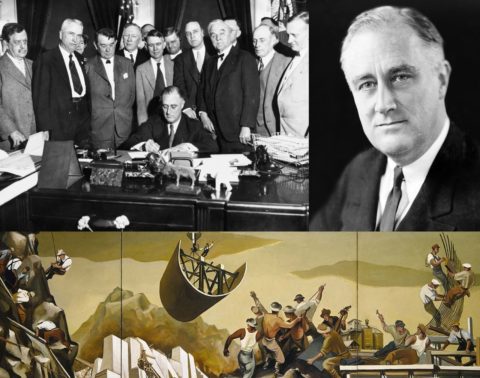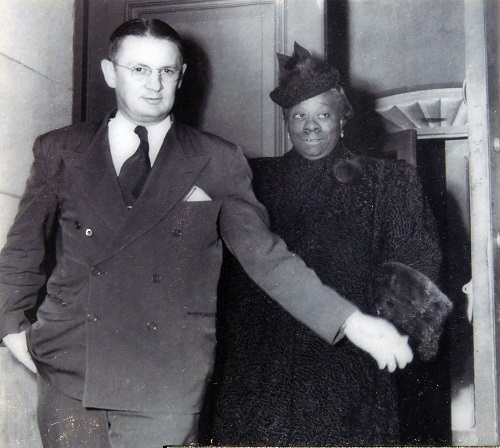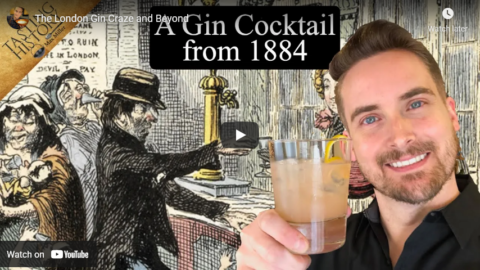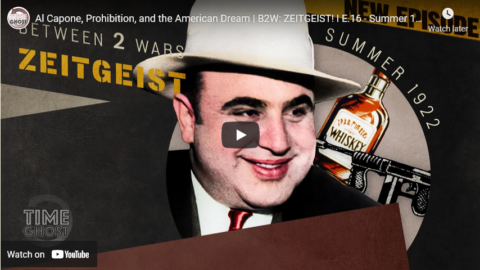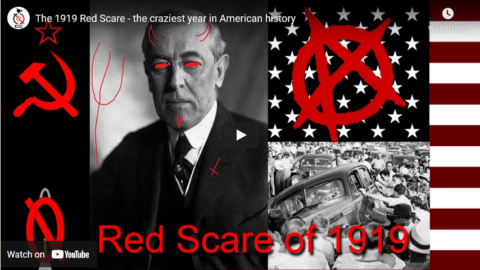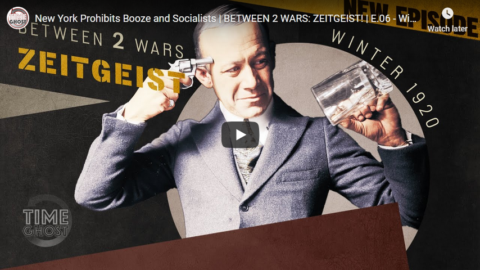Christopher Snowden describes — because it’s impossible to actually explain — the Australian government’s hysterial and illogical attitude toward vaping:
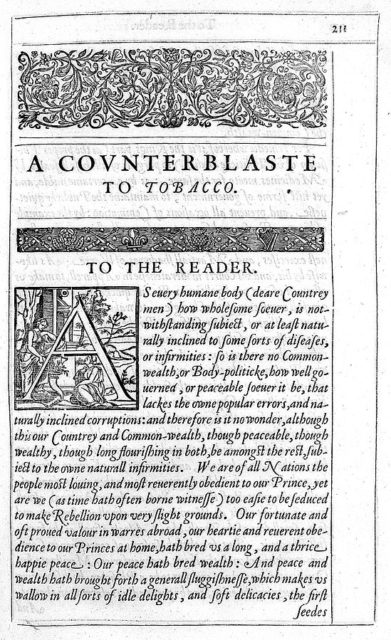
King James I would recognize and approve of Australia’s anti-vaping stance, probably. It would certainly be in the same territory as His Majesty’s pamphlet A Counterblaste to Tobacco where he let his strong feelings be known about “so vile and stinking a custom”.
For the past decade, Australian newspaper articles about e-cigarettes have seemed like communiqués from another dimension. The term “moral panic” is over-used, but how else can you describe a situation in which people are so terrified of safer nicotine delivery devices that doctors give their children cigarettes to stop them vaping?
The sale of nicotine e-cigarettes has always been banned in Australia. Prohibition is the default and, along with the highest cigarette taxes in the world, it has led to a huge black market in vapes (and, indeed, in tobacco). It appears that many teenagers are vaping there and what they are vaping is unregulated.
The Aussies could have done what New Zealand did and legalise e-cigarettes. Instead, they doubled down and banned the importation of nicotine vapes for personal use. That didn’t work so they are now banning the sale of all the remaining (i.e. non-nicotine) disposable vapes. Something tells me that won’t work either, but the government is so far down the rabbit hole it can only keep digging.
Their politicians have convinced themselves that “Big Tobacco” is getting a new generation of Aussies hooked on killer vapes with aggressive marketing. It’s a paranoid delusion. There is no e-cigarette marketing in Australia. The products flooding the black market are coming straight from China, not from “Big Tobacco”. And insofar as the products are dangerous it is because they are totally unregulated.
Down this road lies madness but if the Australians want to go down it, that’s up to them. I have no plans to go back there. As an Australian reader said to me recently, “Go and see a Kangaroo at a zoo. Don’t even waste a single dollar on ‘tourism’ of the doomed failed state of what’s become of Australia.”
But while the Aussies can go to Hell in whatever handcart they like, I don’t appreciate them pushing their nonsense on the rest of us, as the BBC’s recently appointed Sydney correspondent has done today with an article titled “Why Australia decided to quit its vaping habit“.
From the outset, it is clear that the author has spent too long Down Under.
Despite vapes already being illegal for many, under new legislation they will become available by prescription only.
The number of vaping teenagers in Australia has soared in recent years and authorities say it is the “number one behavioural issue” in schools across the country.
And they blame disposable vapes — which some experts say could be more addictive than heroin and cocaine — but for now are available in Australia in every convenience store, next to the chocolate bars at the counter.
Some experts? Do they have names? People say a lot of things. The job of a journalist is to find out which ones are telling the truth.
And if e-cigarettes are illegal, why are they available “in every convenience store”? This sounds like an enforcement issue that isn’t going to be solved by more prohibition.

